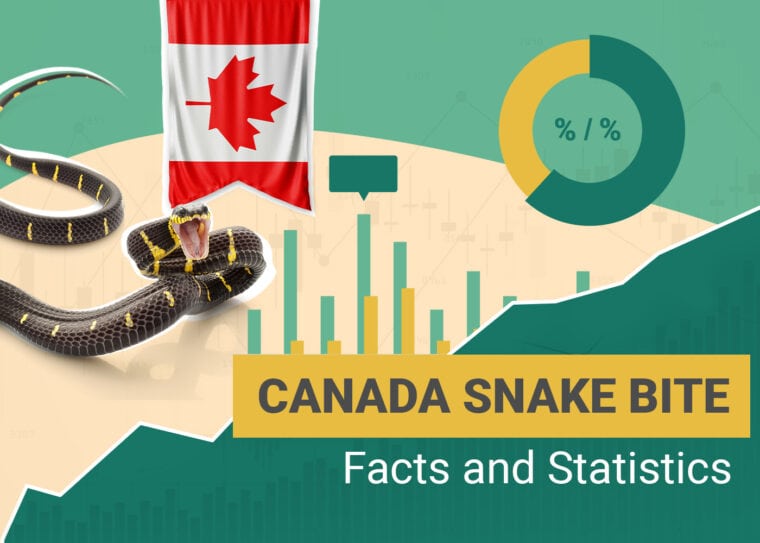
Click to Skip Ahead
Note: This article’s statistics come from third-party sources and do not represent the opinions of this website.
Snakes are a common and natural fear all over the world, even though most snakes actively aim to avoid people. When humans and snakes interact, bites can occur. Venomous snakes can pose a real threat to people, with some of them being deadly.
If you live in Canada, you may wonder just how much you should be concerned about snake bites. Here are some of the top snake bite statistics that you need to know as a Canadian.
The 10 Surprising Canada Snake Bite Statistics
- There are approximately 3,700 snake species in the world, but only 15% of those are dangerous to people.
- Of the 3,700 snakes in the world, Canada is only home to three venomous snake species, or approximately 0.0008% of the venomous snake species in the world.
- Snakes in Canada are located in fewer than 50% of the provinces and territories.
- From 2009 to 2015, only 99 dangerous envenomations occurred in Canada.
- Ontario used the greatest amount of its antivenom stock from 2009 to 2015, using 71% of the antivenom stock in the province.
- Of all dangerous snake bites in Canada in the last 50 years, only two reportedly ended in death.
- There are only around 100 snake bites reported in Canada per year.
- There are approximately 164,000 snakes kept as pets in Canada.
- Reportedly, 43% of Canadians who purchase snakes do so without any research beforehand.
- The mortality rate for snakes and other animals within the exotic pet trade is estimated to be as high as 75%.

Snakes by The Numbers
1. There are approximately 3,700 snake species in the world, but only 15% of those are dangerous to people.
(Wikipedia)
Although there are 3,700 snake species spread across the globe, only 15% of those are venomous enough to be a notable danger to humans. That’s only around 246 species of snakes.
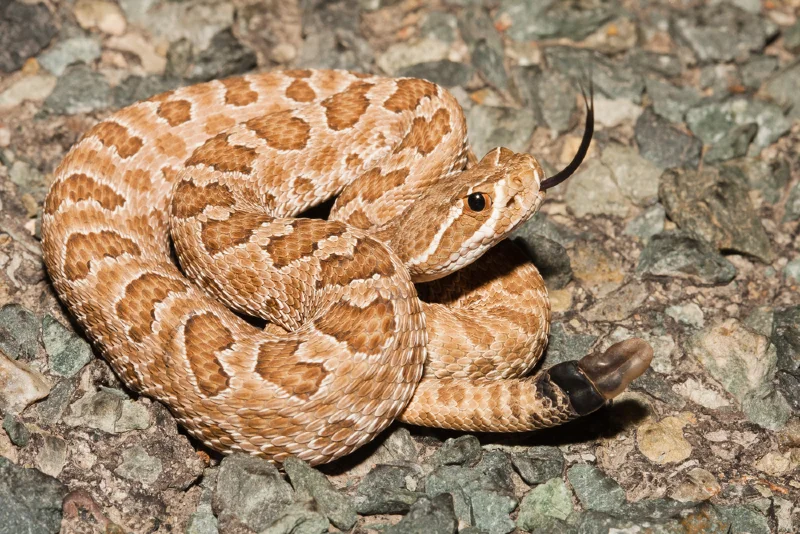
2. Of the 3,700 snakes in the world, Canada is only home to three venomous snake species, or approximately 0.0008% of the venomous snake species in the world.
(PubMed)
In Canada, only three venomous snake species exist. The three species that are native to Canada are the Eastern Massasauga Rattlesnake, Prairie Rattlesnake, and Western Rattlesnake, all of which are pit viper species.
3. Snakes in Canada are located in fewer than 50% of the provinces and territories.
(PubMed)
Of the 10 provinces and three territories located in Canada, only four of them have snakes. Snakes are located in Alberta, British Columbia, Ontario, and Saskatchewan.
Snake Bites in Canada
4. From 2009 to 2015, only 99 dangerous envenomations occurred in Canada.
(PubMed)
In a 7-year period, only 99 dangerous envenomations from snake bites were reported in the entire country of Canada. Other snake bites were either from nonvenomous snakes or went unreported.
5. Ontario used the greatest amount of its antivenom stock from 2009 to 2015, using 71% of the antivenom stock in the province.
(PubMed)
Due to the number of snakes in Ontario, the majority of dangerous snake bites occurred there in the period from 2009 to 2015. In that time, Ontario used 71% of its antivenom stock. For comparison, Alberta used 37%, British Columbia used 33%, and Saskatchewan used only 27%.
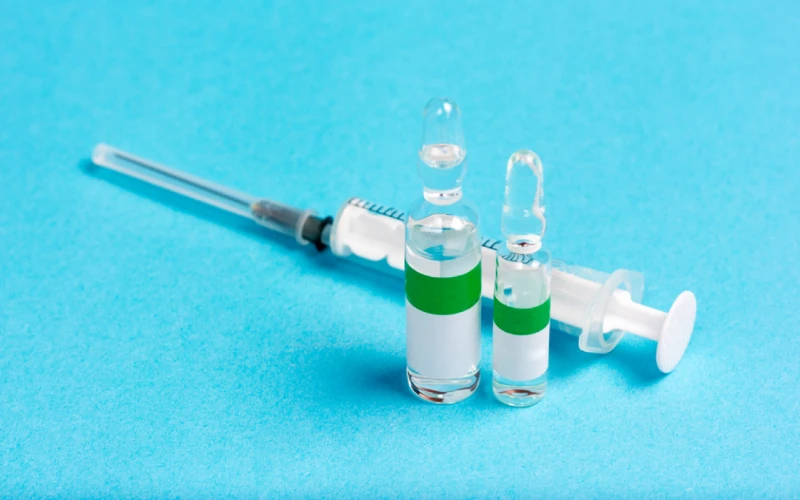
6. Of all dangerous snake bites in Canada in the last 50 years, only two reportedly ended in death.
(Radio Canada International)
Due to the overall low number of snakes in general, and the very low number of venomous snake species in Canada, only two snake bites in the last 50 years have been reported to end in death. All other reported venomous snake bites have been successfully treated without mortality.
7. There are only around 100 snake bites reported in Canada per year.
(Global News)
The majority of snake bites in Canada every year are from nonvenomous snakes. Even though there were only 99 dangerous envenomations in 7 years, there are around 100 snake bites reported annually across Canada from both wild and captive snakes.
Captive Snakes in Canada
8. There are approximately 164,000 snakes kept as pets in Canada.
(World Animal Protection)
With 164,000 snakes being kept as pets in Canada, it’s a surprise that more people aren’t bitten every year. It’s possible that some people are bitten by their nonvenomous snakes and don’t report the bites.
9. Reportedly, 43% of Canadians who purchase snakes do so without any research beforehand.
(World Animal Protection)
Of all of the Canadians with pet snakes, approximately 43% of them purchased their snake as a spontaneous purchase without any research or forethought. This can lead to notable husbandry issues for the snake, as well as risks to the owner. Understanding how to handle snakes safely is important, especially when it comes to venomous snakes. The specific needs of snakes should be fully understood before bringing one home.
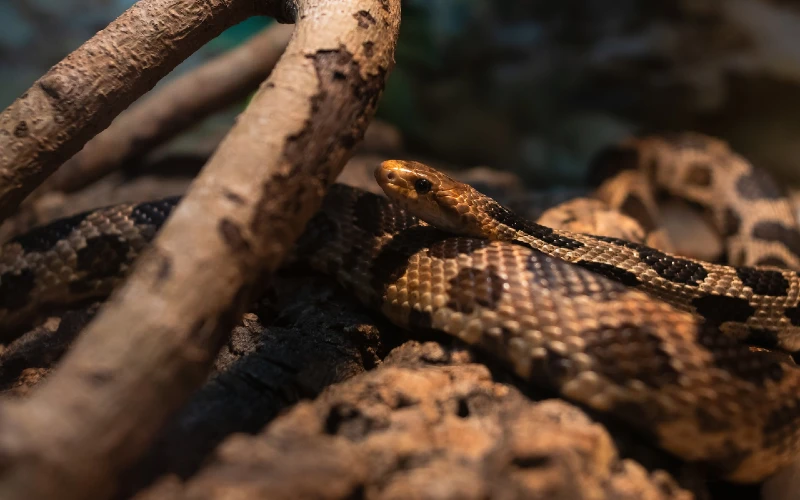
10. The mortality rate for snakes and other animals within the exotic pet trade is estimated to be as high as 75%.
(World Animal Protection)
The exotic pet trade across the world isn’t always the kindest place for animals, with a mortality rate as high as 75%. This can be due to stress and poor husbandry, as well as disease, injuries from other animals, and improper handling.
FAQ
How Can I Avoid a Snake Bite?
There are multiple things you can do to avoid being bitten by a snake, starting with avoiding areas where snakes are present and not handling captive snakes. If you are going to be in areas where snakes might be present, keep an eye on the ground and use a walking stick to gently clear the space ahead of you before you step there. Wear long pants and thick boots with socks when hiking or walking in areas with snakes.
If you are handling captive snakes, do not do so without proper training and supervision. When handling venomous snakes, there should always be at least two people in the room to ensure someone can get help if you are bitten. Don’t handle a snake that you think is dead since some snakes can retain a bite reflex for a period of time after death. (American Family Physician)
What Should I Do if I’m Bitten by a Snake?
Having a solid identification of the snake can help you significantly, so try to remember as much about the appearance of the snake as you can. If possible, get a picture of the snake. However, don’t try to get a picture of the snake in lieu of caring for yourself. Call for help and while you wait, keep the bitten area immobile and try to stay as still and calm as possible.
Try to keep the bitten area below the level of the heart when possible. Clean the bite with soap and water, then cover it with a clean and dry dressing while you wait for help.
There are multiple things that should not be done if you are bitten by a snake. Cutting the bite or attempting to suck the venom out through any means is not advisable and can make the wound much worse, as can applying a tourniquet. Using ice on the bite or soaking it in water except to clean it is also not recommended.
Drinking alcohol to “numb” the pain of the bite is not advisable since alcohol has an impact on your nervous system function and may limit the medications a physician can give to you. Caffeinated beverages may increase your heart rate, leading to the venom being moved through your body more quickly. (CDC)
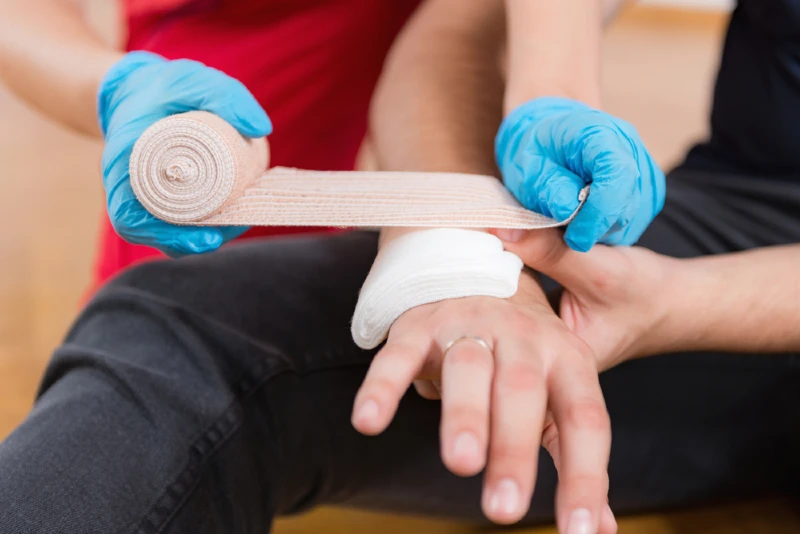
Does Canada Have Restrictions on the Ownership of Venomous Snakes?
Canada has restrictions on the ownership of wild animals but not captive-bred wild animals. However, the laws about ownership and import vary between provinces and cities, so it’s important to familiarize yourself with the laws in your area. (Snake Tracks)
Is It Legal to Take Snakes From the Wild as Pets in Canada?
It is not legal to take wildlife as pets in Canada. The exception to this is with proper licensing, but these animals are taken from the wild for rehabilitation and medical treatment purposes instead of being kept as pets. (Snake Tracks)
Conclusion
Being bitten by a snake in Canada is exceptionally unusual, so you can generally consider yourself safe. However, snakes do live in four provinces, so there is a risk of being bitten by a venomous snake in these areas, especially during the warmer months. Antivenom is available for venomous snake bites, but there is still a risk with these bites.
Canada has shown great success in managing snake bites, though, with only two reported deaths in at least 50 years. It’s still important to use caution when handling snakes, even nonvenomous snakes. Snake bites can become infected, and they are painful, regardless of the type of snake.
Featured Image Credit: Microgen, Shutterstock







